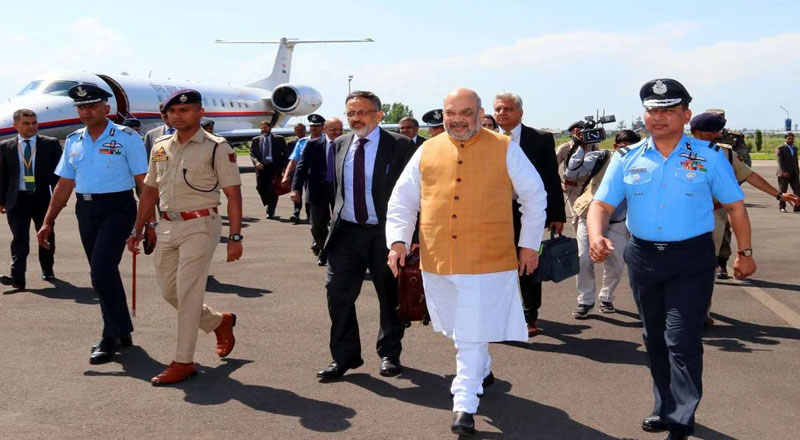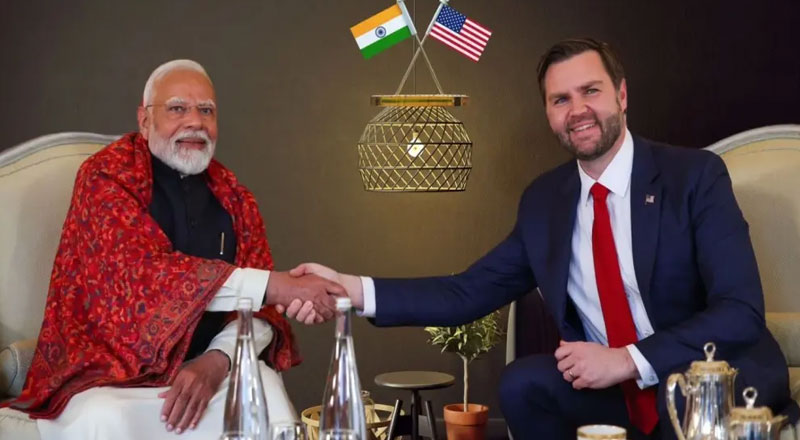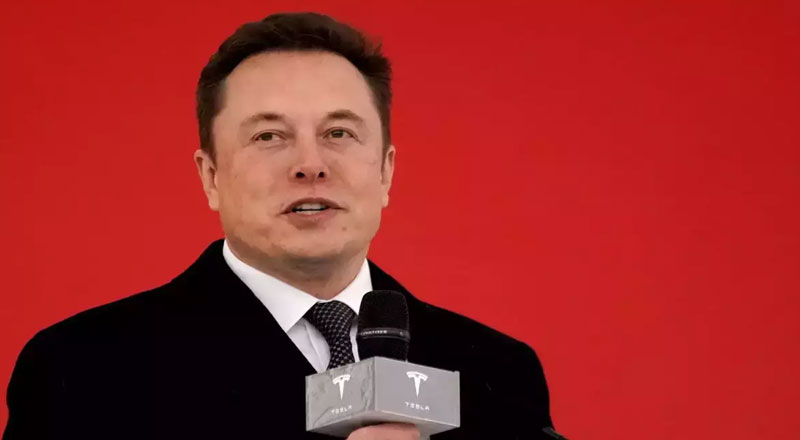In the backdrop of India’s pivotal electoral phase, Prime Minister Narendra Modi unveils a sweeping economic agenda poised to revolutionize the nation’s industrial landscape. With a resounding electoral mandate looming, Modi’s post-election reforms signal a transformative shift towards positioning India as a global manufacturing powerhouse, poised to rival China’s dominance in the sector. This comprehensive analysis delves into the intricacies of Modi’s economic blueprint, highlighting the measures set to drive India’s industrial renaissance.
Modi’s Vision for Economic Transformation:
At the core of Modi’s economic vision lies a steadfast commitment to fostering innovation, entrepreneurship, and industrial growth. Building upon his track record of economic reforms and infrastructure development, Modi’s proposed measures seek to unleash India’s latent potential and catalyze a manufacturing revolution that transcends geographical boundaries. The blueprint encompasses a multifaceted strategy aimed at invigorating India’s manufacturing sector and positioning the nation as a global leader in innovation and production.
Charting a New Course for Indian Manufacturing:
Modi’s blueprint outlines a strategic roadmap for bolstering India’s manufacturing prowess through a series of targeted interventions. From incentivizing domestic production to fostering collaboration with global industry leaders, Modi’s agenda is underpinned by a commitment to creating an enabling environment conducive to industrial growth. By leveraging India’s demographic dividend and harnessing technological advancements, Modi aims to propel the nation towards manufacturing excellence and sustainable economic development.
Driving Growth through Industrial Zones:
Central to Modi’s strategy is the establishment of industrial zones modelled after China’s successful special economic zones. Initiatives such as the Dholera Special Investment Region (DSIR) exemplify India’s ambition to replicate China’s industrial prowess and emerge as a magnet for leading manufacturing companies seeking new avenues for expansion and growth. By providing world-class infrastructure, streamlined regulatory processes, and attractive investment incentives, these industrial zones are poised to become hubs of innovation and economic activity, driving India’s manufacturing renaissance forward.
Labor Reforms: Balancing Flexibility with Protections:
Recognizing the importance of labor flexibility in fostering a conducive business environment, Modi’s agenda includes comprehensive labor reforms aimed at striking a delicate balance between flexibility and worker protections. By modernizing labor laws and streamlining approval processes, Modi seeks to empower businesses to adapt swiftly to changing market dynamics while safeguarding the interests of workers. These reforms are poised to unlock new avenues for job creation and economic growth, further bolstering India’s manufacturing capabilities.
Tariff Rationalization: Unlocking India’s Trade Potential:
To enhance India’s competitiveness on the global stage, Modi has prioritized tariff rationalization and trade facilitation measures. By reducing import tariffs and simplifying customs procedures, Modi aims to lower manufacturing costs and attract greater foreign investment. These initiatives are poised to enhance India’s integration into global value chains and position the nation as a preferred destination for investment and manufacturing.
As India embarks on its journey towards manufacturing eminence, Prime Minister Narendra Modi’s visionary leadership and bold economic reforms serve as a beacon of hope and optimism for the nation. With a comprehensive blueprint for industrial revitalization and a resolute commitment to economic transformation, Modi’s agenda holds the promise of unlocking India’s full potential and ushering in a new era of prosperity and growth. As the world watches India’s ascent on the global stage, Modi’s vision stands as a testament to the nation’s unwavering resolve to emerge as a global economic powerhouse.
(With inputs from agencies)





